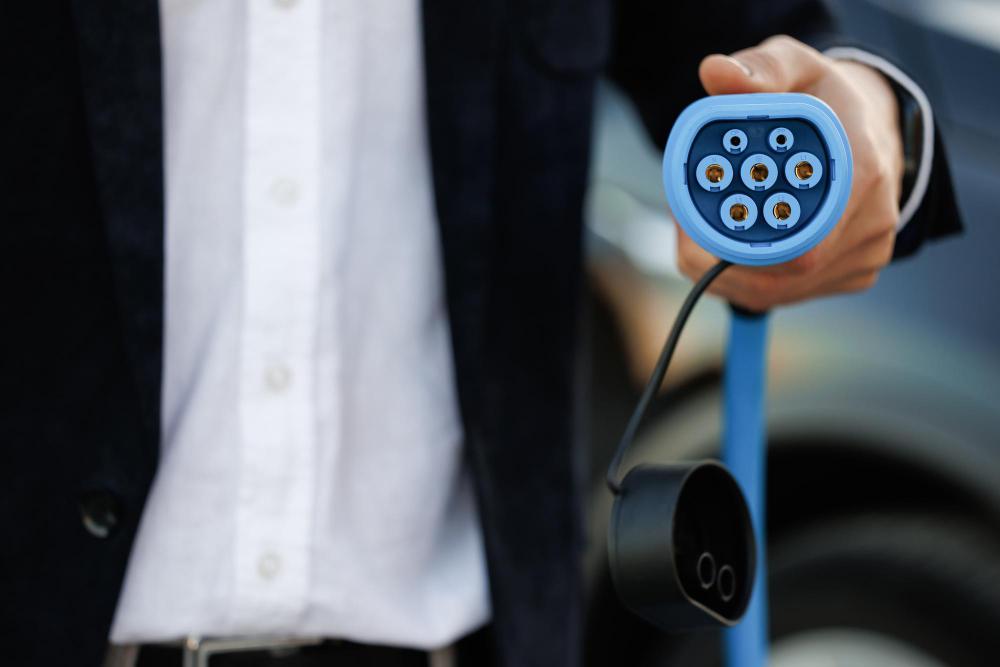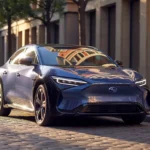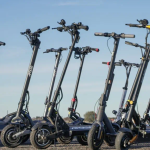Electric vehicle (EV) ownership is rapidly expanding. With it, the need for accessible home charging solutions is growing more than ever. For many new EV owners, understanding the best ways to keep their vehicles charged can be a daunting task. This is where 3-pin electric car chargers come into play. They offer a convenient and straightforward option for home charging. But how effective are they? And are they suitable for every EV owner?

Content
In this blog post, we’ll explore the world of 3-pin chargers, their advantages, limitations, and why they might just be the perfect solution for your home-charging needs. We’ll also provide practical tips on using these chargers effectively, so you can make the most out of your EV experience.
Comparing 3-Pin Chargers to Dedicated EV Chargers
When it comes to charging efficiency, dedicated EV chargers outperform 3-pin chargers. These units are specifically designed for EV charging, offering a much higher power output, often ranging between 7kW to 22kW. This means a full charge can be achieved in a fraction of the time compared to a 3-pin charger.
Another advantage of dedicated chargers is their smart features. Many models come equipped with Wi-Fi connectivity, allowing you to monitor your charging sessions remotely, schedule charges during off-peak hours, and receive notifications when your vehicle is fully charged.
However, installing a dedicated EV charger can be costly, often requiring a qualified electrician and potentially upgrading your home’s electrical system. For homeowners on a budget or those who are renting, this may not be feasible, making the humble 3-pin charger a compelling alternative.
The Benefits of Home Charging
Charging your electric car at home offers numerous benefits. Firstly, it’s convenient. You can plug in your car overnight and wake up to a fully charged battery, ready for the day ahead. This eliminates the need to make detours to public charging stations or wait in line.
Additionally, home charging is often more affordable than using public chargers. By scheduling charges during off-peak times, you can take advantage of lower electricity rates, reducing your overall energy costs. Some energy providers even offer special tariffs for EV owners, further enhancing savings.
Environmental benefits are another consideration. By charging at home, you have greater control over the source of your electricity. You can opt for green energy tariffs or install solar panels, ensuring your vehicle is powered by renewable energy and reducing your carbon footprint.
Ensuring Safe Use of 3-Pin Chargers
While 3-pin chargers are convenient, safety is paramount. It’s crucial to regularly inspect your charging cable and plug for any signs of damage or wear. Damaged equipment can lead to electrical hazards, so replacing worn-out cables is essential to ensure safety.
It’s also important to avoid using extension leads with 3-pin chargers. These can overheat if not rated correctly for the power draw of EV charging, posing a fire risk. Always plug directly into a wall socket to maintain safe charging practices.
Maximising Efficiency with 3-Pin Chargers
To get the most out of your 3-pin charger, consider adopting some efficiency practices. For starters, plan your charging sessions around your daily routine. Overnight charging is ideal, as it allows you to take advantage of low-demand periods when electricity is cheapest.
Investing in a smart plug can also enhance your charging setup. These devices connect to your Wi-Fi network and allow you to schedule when your charger draws power. This is particularly useful if you have a time-of-use energy tariff and want to charge only during off-peak hours.
Exploring Alternative Charging Solutions
While 3-pin chargers are a great entry point, exploring other charging options can be beneficial as your EV usage grows. Public charging networks offer rapid charging capabilities, ideal for long journeys or when you need a quick top-up.
If you have access to workplace charging, this can be a convenient way to maintain your battery throughout the day, especially if incentives or discounted rates are available. Many employers are increasingly installing EV chargers to support sustainable commuting practices.
Sharing access to chargers with neighbours or community members is another innovative solution. Community charging schemes allow you to coordinate charging times, ensuring everyone has access to power without overwhelming the local grid.
Is 3-Pin Charging Right for You?
Deciding whether 3-pin charging is right for you depends on your personal circumstances and driving habits. If you primarily use your EV for short daily commutes and have regular access to a charging point, a 3-pin charger may be perfectly adequate.
For those who travel longer distances frequently or have limited charging time, investing in a dedicated home charger could be more suitable. Evaluating your needs and budget will help you make an informed decision that aligns with your lifestyle.
Ultimately, the choice is yours, and there is no one-size-fits-all solution. By understanding the options available and how they fit into your routine, you can make the best choice for your electric vehicle charging needs.
Conclusion
3-pin electric car chargers offer a simple and versatile solution for home charging. While not as fast as dedicated chargers, they provide a practical and cost-effective method for many EV owners. By understanding their limitations and following best practices, you can ensure safe and efficient charging at home.
With the continued growth of electric vehicles and advancements in charging technology, the convenience of home charging will only improve. Whether you’re a new EV owner or looking to optimise your charging setup, 3-pin chargers can be a valuable part of your EV experience.

Daniel is the eco-conscious auto whisperer. His blog doesn’t preach; it educates on the world of green transportation. It’s your guide to reducing your carbon footprint without sacrificing style or speed.


